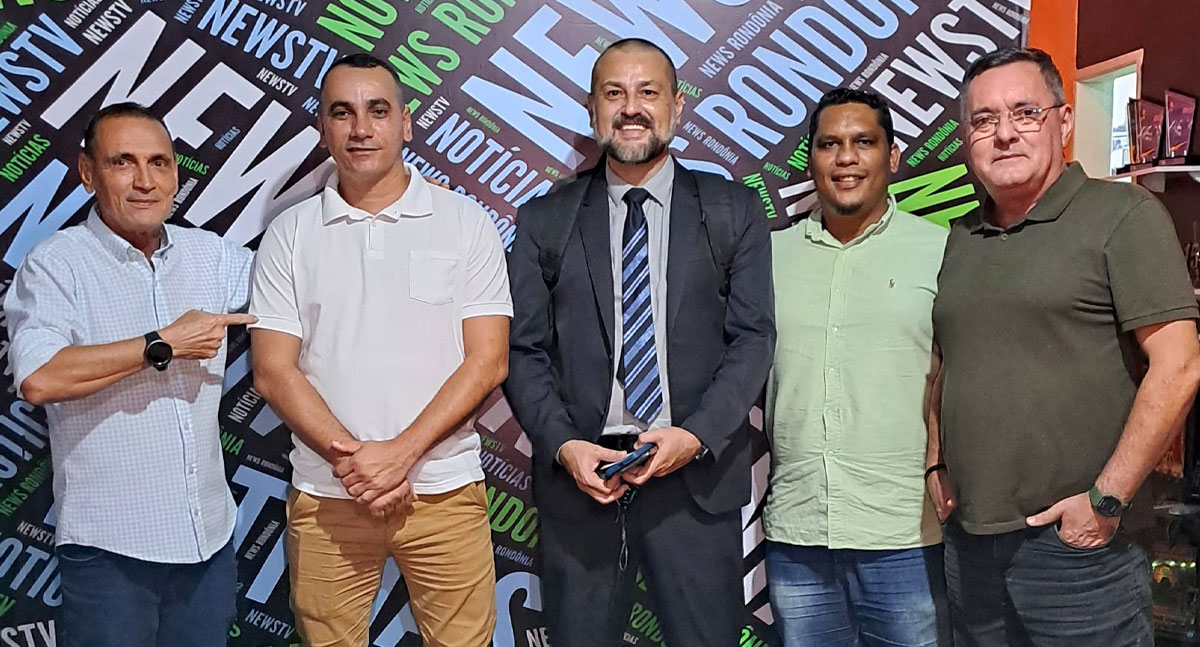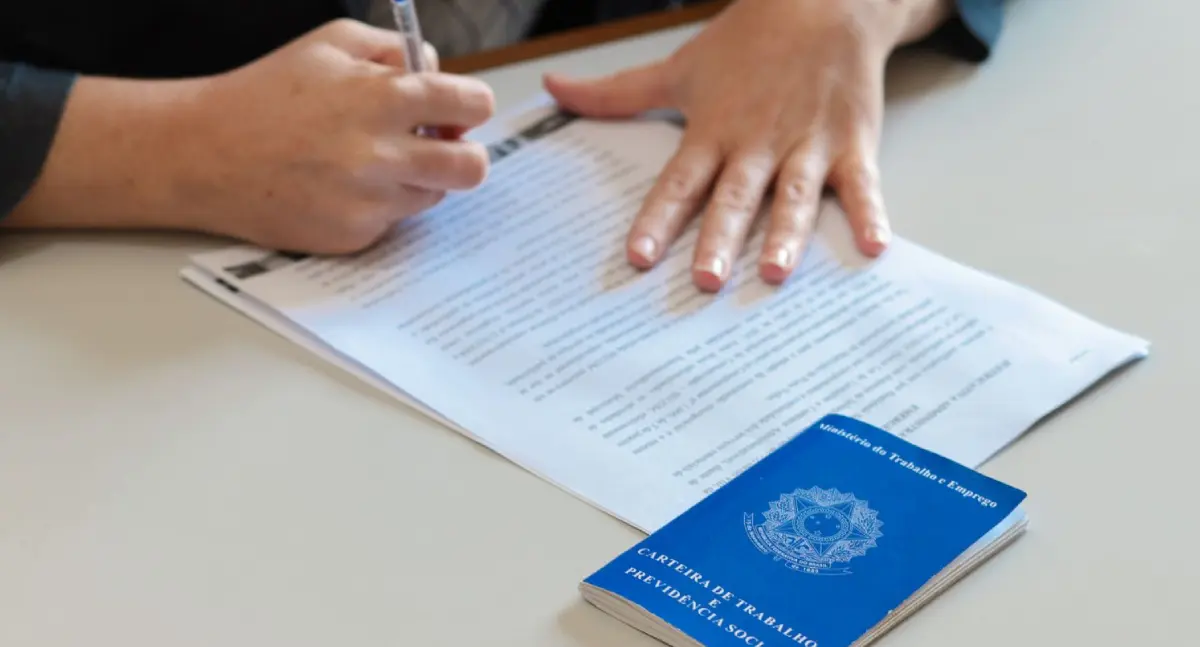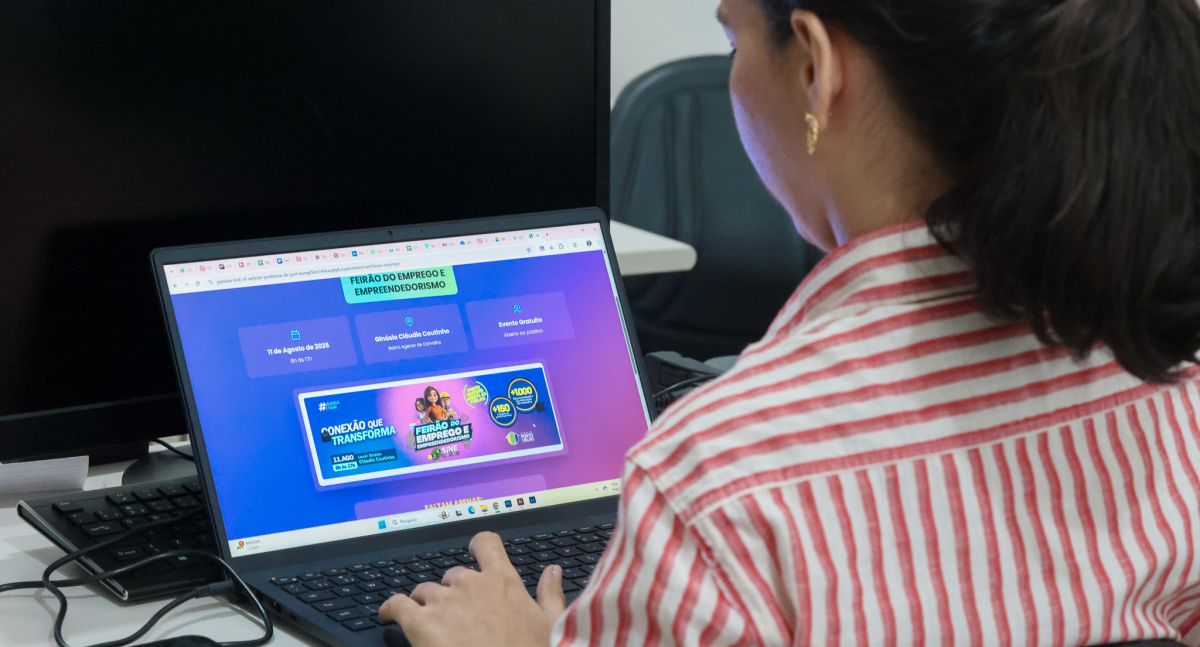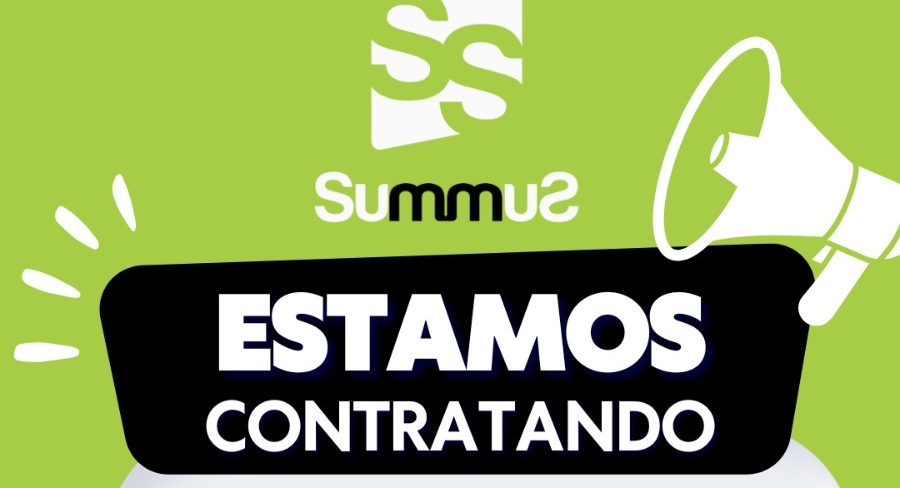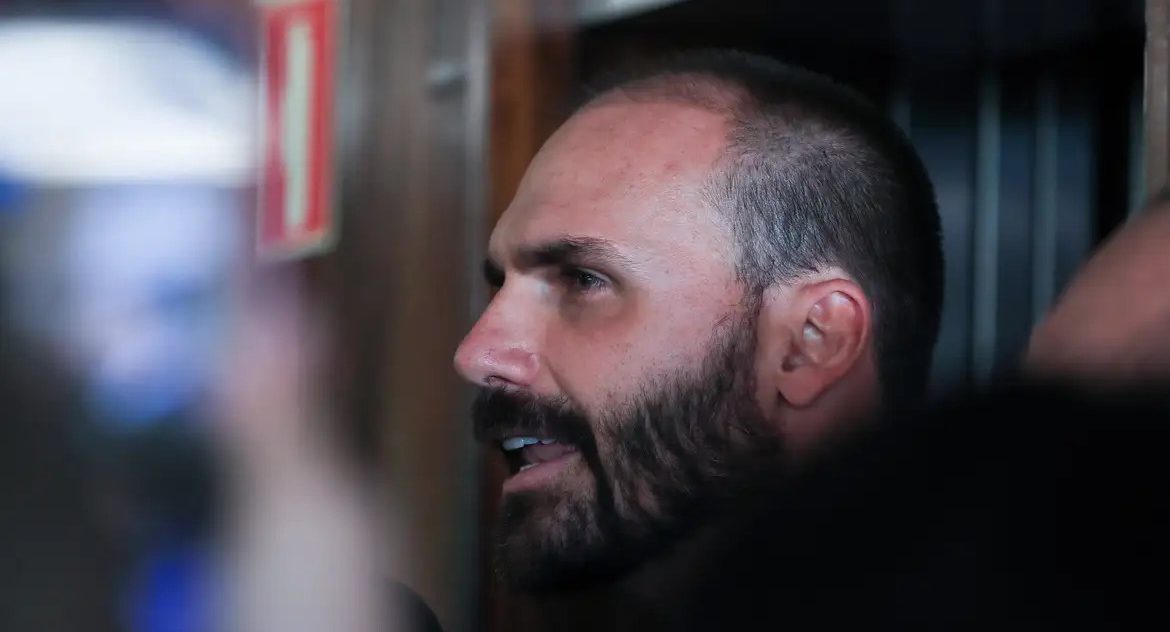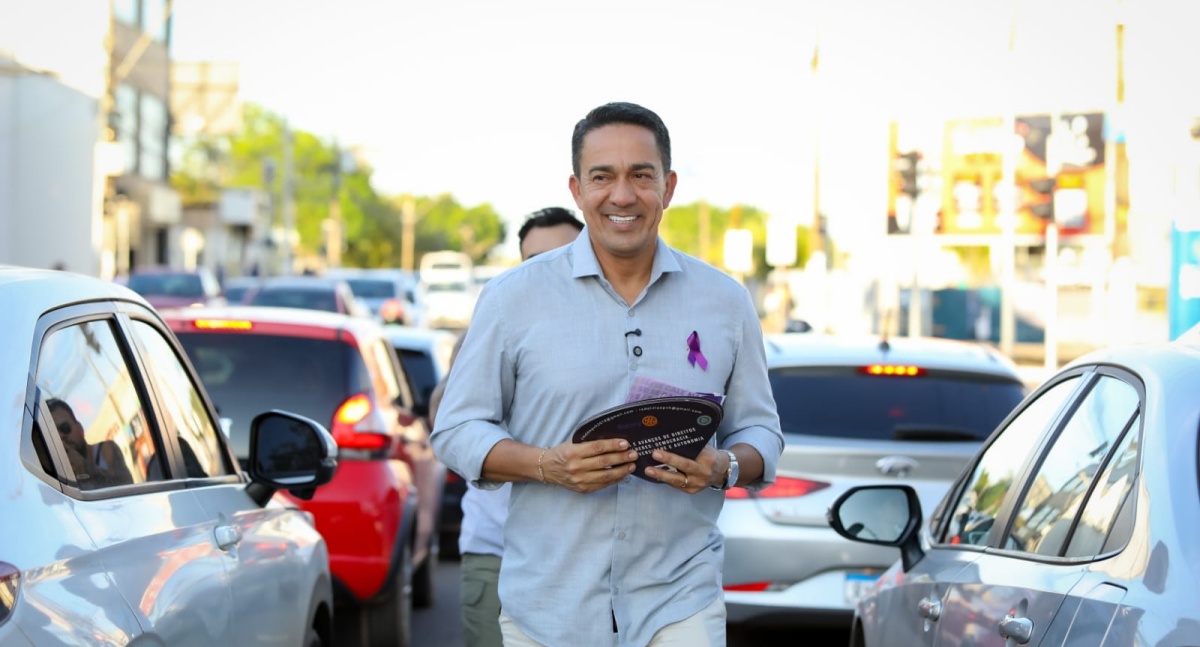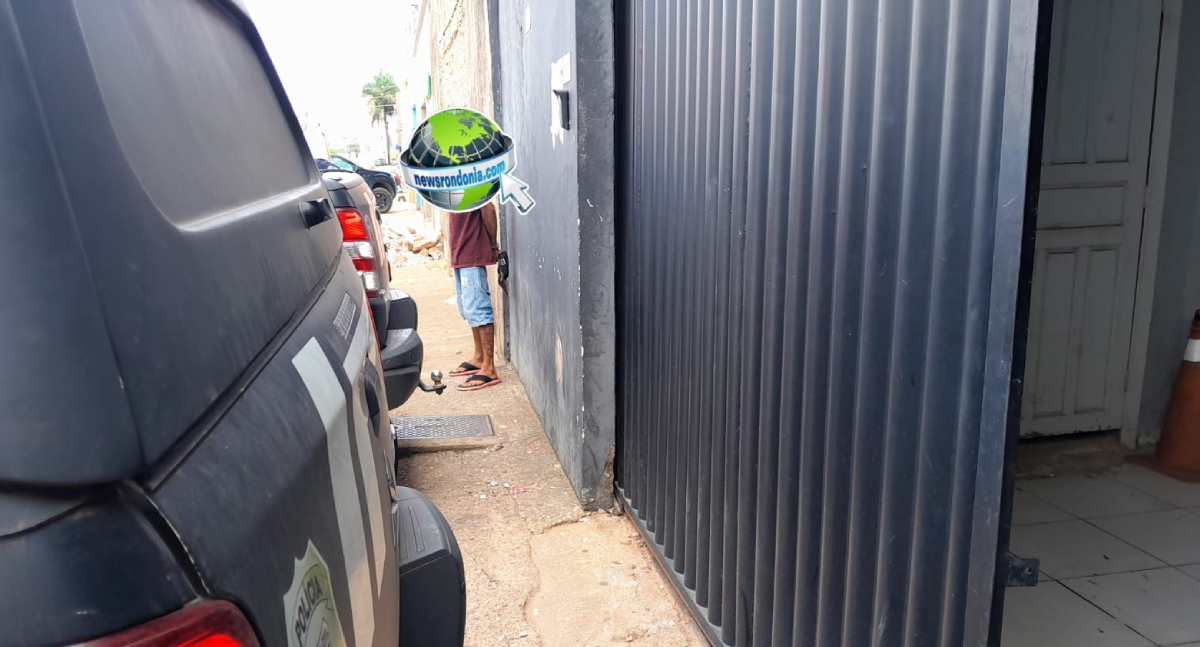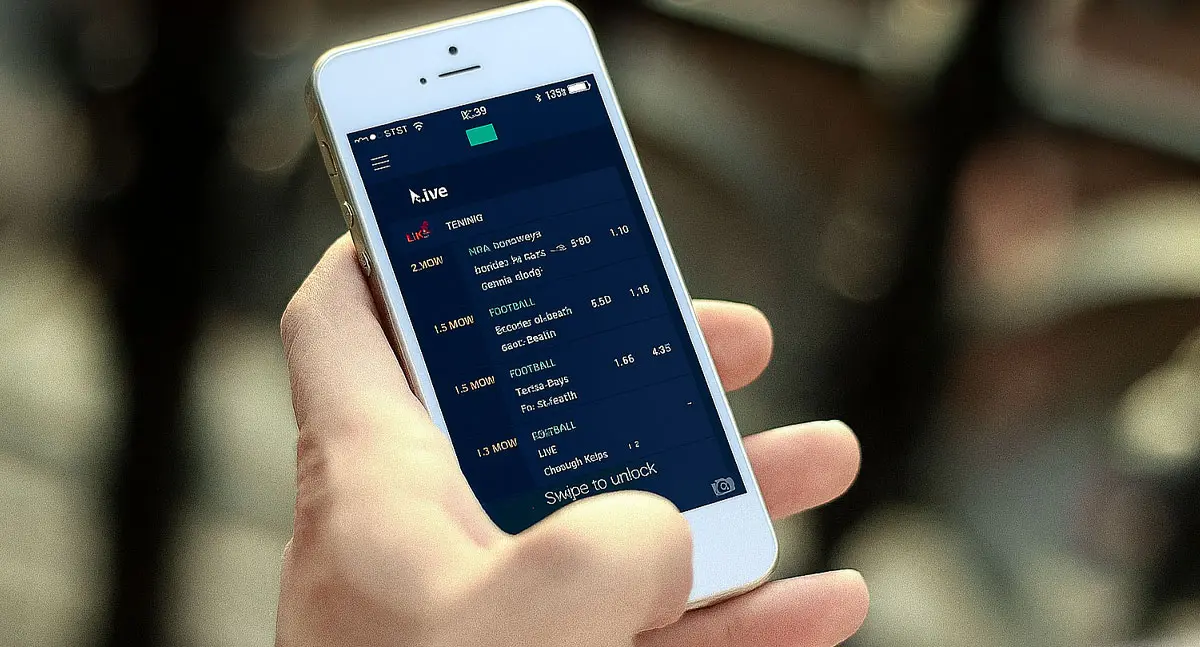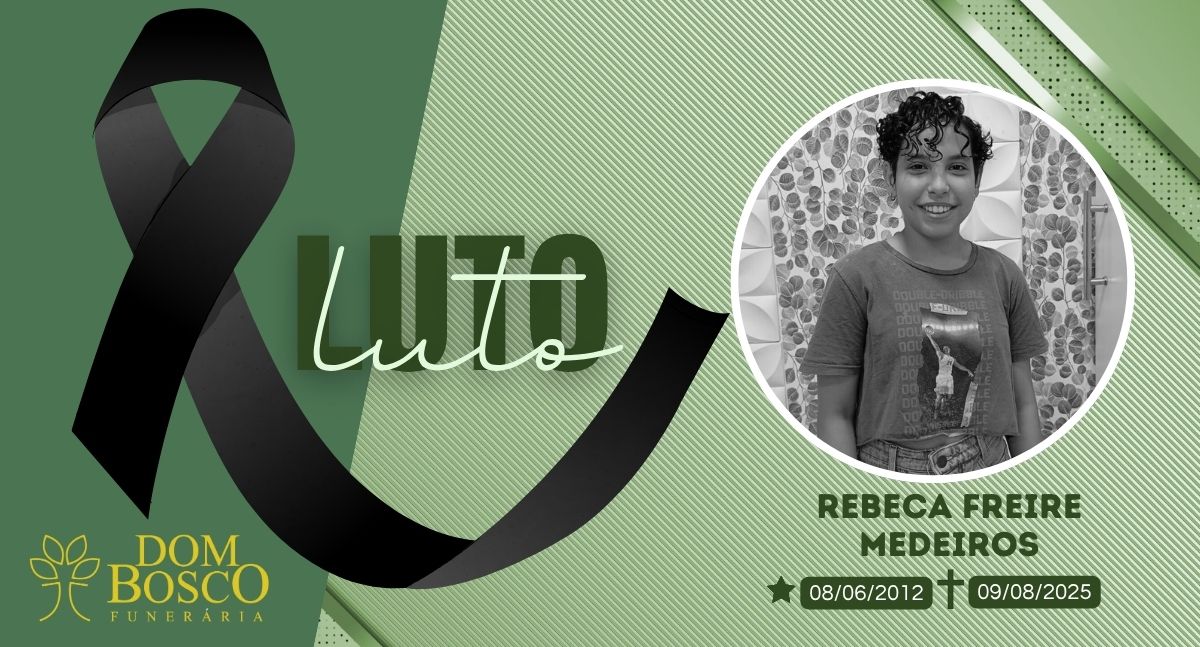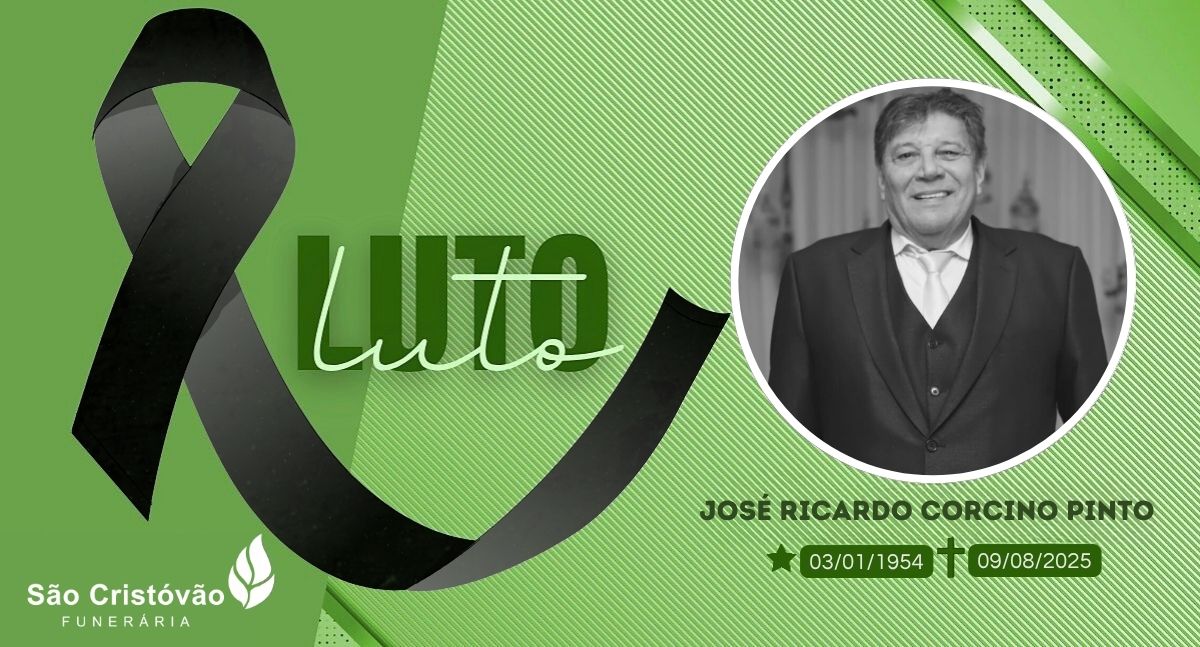Antes de ensinar como aprender inglês ou espanhol naturalmente, é preciso realizar algumas perguntas?
1- Como você aprendeu a sua língua nativa ?
2-Como quantos anos você aprendeu fluente o seu idioma ?
3- Quantas horas de imersão você teve aprendendo o português ?
Com essas perguntas podemos entender melhor como vamos aprender um outro idioma.
Então entender essa nova língua, é necessário priorizar alguns passos importantes:
Pensando lá atrás como foi aprender a sua língua materna ? Primeiro você ouve, seus pais, avós e familiares falando. O seu cérebro começa a internalizar o que está ouvindo, repete apenas o que ouve e depois então entende o que falou e de repente consegue começar a construir pequenas frases no idioma. Já ouviu alguém falar assim “meu filho tem apenas dois anos e repete tudo que falamos, temos que tomar cuidado” Então para qualquer faixa etária seria da mesma maneira. Esqueça a forma tradicional de começar pela escrita, ninguém escreveu primeiro.
Entretanto por que aprender uma língua fluente seria diferente? Vamos então aprofundar e entender como funciona.
Primeiro ouvir, repetir, internalizar, ler e então sim escrever. Com esses passos nessa ordem o aluno evolui a sua capacidade de aprender. Pensando na imersão do idioma, uma pessoa precisa estudar de 1000 a 1300 horas no mínimo para chegar a tão sonhada fleuncia (situação ) Estimativas com base no Quadro Europeu (CEFR). Então, começar a pensar no idoma que deseja falar requer estudo e muita dedicação, e lembre-se de sempre se manter ativo no idioma para não perder a fluência.
Learning English or Spanish Naturally
Before learning how to speak English or Spanish naturally, it’s important to ask yourself a few key questions:
1.How did you learn your native language?
2.At what age did you become fluent in your first language?
3.How many hours of immersion did you have while learning Portuguese?
These questions help us understand how language acquisition truly works.
Think about it: how did you learn your first language?
First, you listened to your parents, grandparents, and family members. Your brain started to internalize what it heard. Then, you began to repeat those words even before you fully understood them. Over time, you started to make sense of what you were saying, and suddenly, you could form simple sentences.
You’ve probably heard someone says:
“My child is only two and already repeats everything we say we have to be careful!”
That’s how the brain learns: through constant exposure and repetition.
And this process is the same at any age.
Forget the traditional method of starting with writing nobody learned to write before speaking!
So why would it be any different when learning a second language?
The natural order of language learning:
1.Listen
2.Repeat
3.Internalize
4.Read
5.Write
Following this order helps learners develop their skills in a more effective and natural way.
Immersion and fluency
To reach real fluency, you need an average of 1,000 to 1,300 hours of meaningful exposure to the language, according to estimates based on the CEFR (Common European Framework of Reference for Languages).
That’s why learning a new language requires commitment, consistency, and daily contact with the language. And remember: even after you become fluent, you need to stay active in the language to maintain it.
![Coluna Entre aulas e aventuras: Aprender inglês ou espanhol naturalmente [Learning English or Spanish Naturally] - News Rondônia Coluna Entre aulas e aventuras: Aprender inglês ou espanhol naturalmente [Learning English or Spanish Naturally] - News Rondônia](https://controle.newsrondonia.com.br/wp-content/uploads/2025/08/Priscila-Franco.jpg)

![Coluna Entre aulas e aventuras: Aprender inglês ou espanhol naturalmente [Learning English or Spanish Naturally] - News Rondônia Coluna Entre aulas e aventuras: Aprender inglês ou espanhol naturalmente [Learning English or Spanish Naturally] - News Rondônia](https://newsrondonia.com.br/wp-content/uploads/2025/08/coluna-entre-aulas-e-aventuras.jpg)











